The American Southwest is one of the world’s premier destinations for astronomical observations. With its high elevation, low humidity, minimal light pollution, and clear skies throughout the year, this region offers unparalleled views of our galaxy.
The Milky Way—that luminous river of stars stretching across the night sky—reveals itself in stunning detail across these landscapes, where modern civilization meets ancient wilderness. Here is a list of 20 exceptional stargazing locations throughout the Southwest USA where you can witness the majesty of our galaxy in all its glory.
Natural Bridges National Monument, Utah, USA
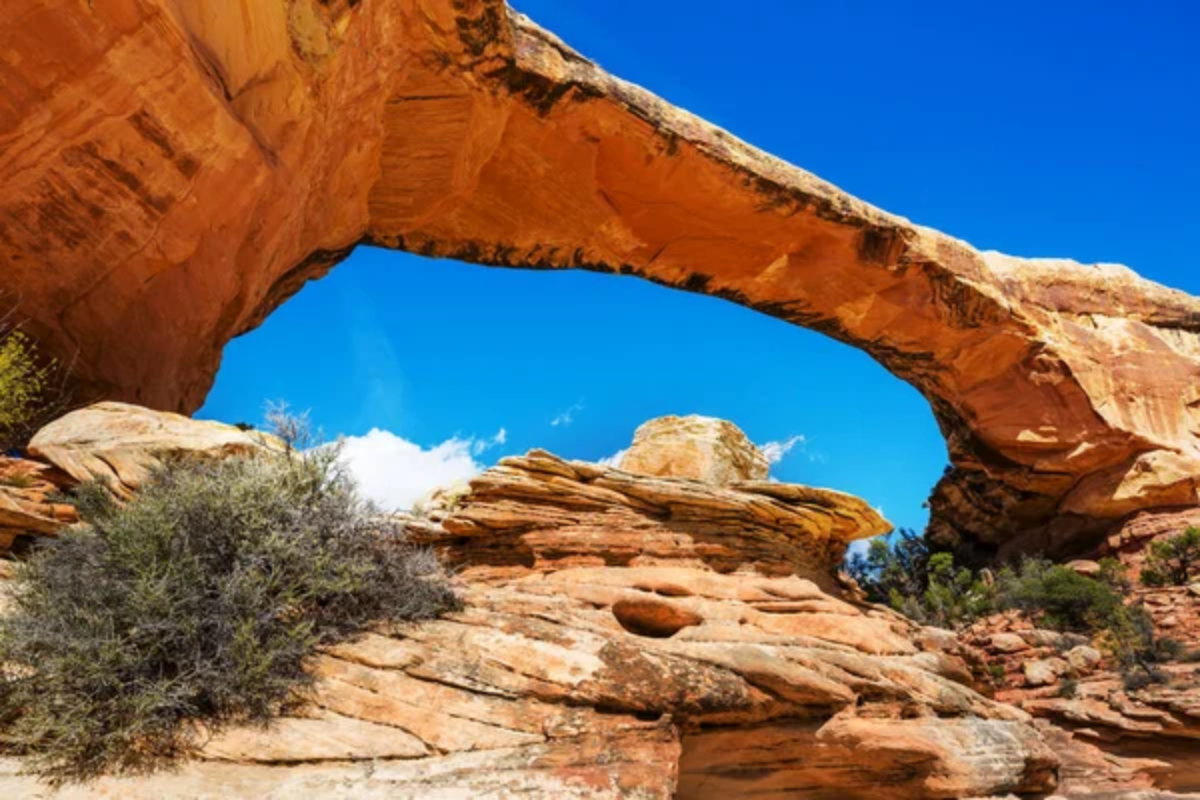
For good reason, Natural Bridges earned its designation as the world’s first International Dark Sky Park. The monument’s remote location in southeastern Utah provides exceptional darkness, with the Milky Way casting shadows on moonless nights.
The three natural bridges—Kachina, Owachomo, and Sipapu—create dramatic foreground silhouettes against the brilliant night sky. Visitors often gather at Owachomo Bridge, where the stone arch perfectly frames the galactic core during summer.
Death Valley National Park, California, USA
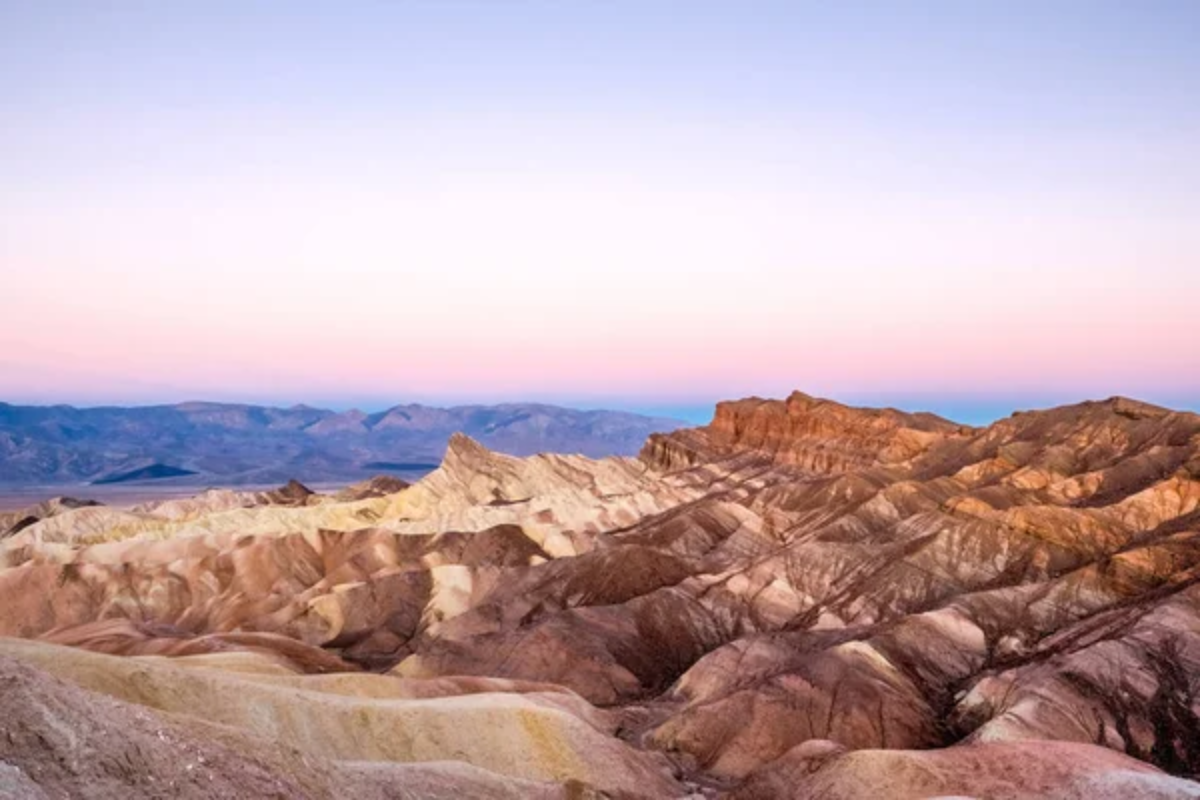
Despite its ominous name, Death Valley offers life-changing views of the cosmos. As the country’s largest Dark Sky National Park, its 3.4 million acres sit far from major population centers, creating exceptional stargazing conditions.
The park’s Badwater Basin, at 282 feet below sea level, provides an expansive panorama where the Milky Way appears to cascade between the surrounding mountain ranges. Rangers frequently host night sky programs at Harmony Borax Works during the spring and fall.
Like Travel Pug’s content? Follow us on MSN.
Big Bend National Park, Texas, USA
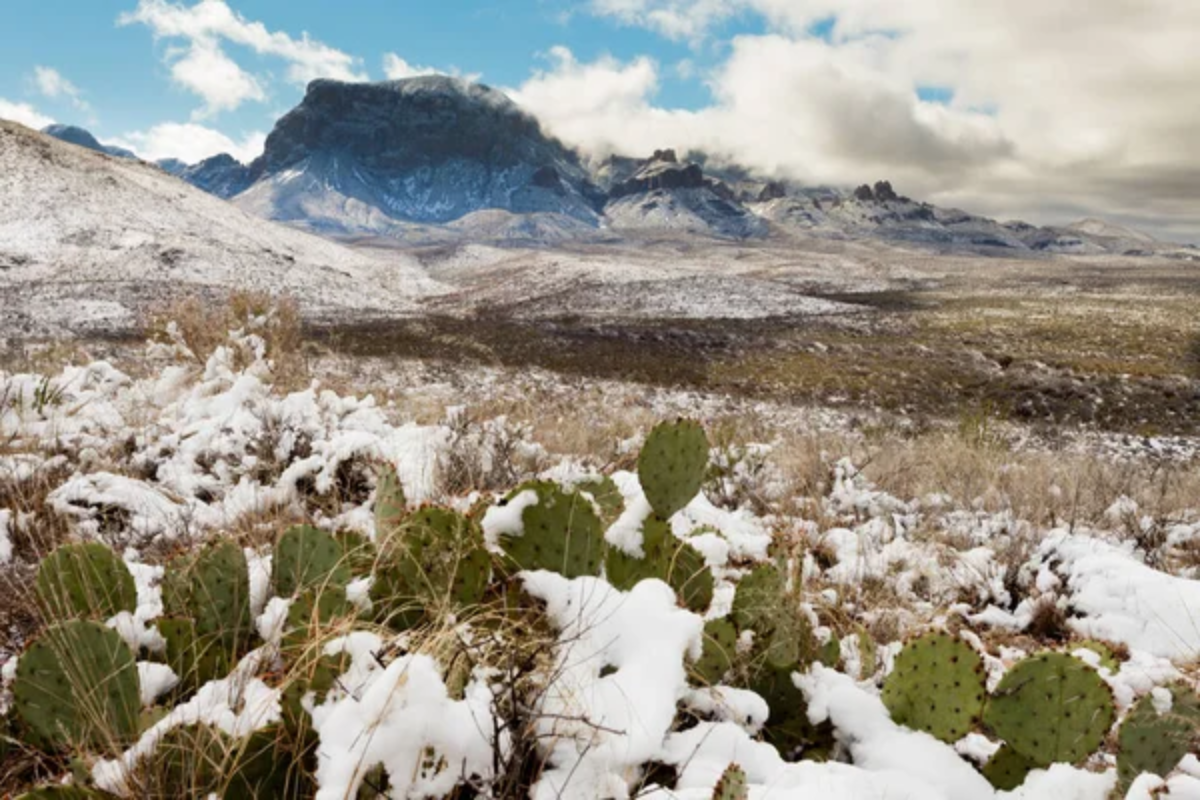
Tucked against the Rio Grande at the Texas-Mexico border, Big Bend boasts the lowest light pollution of any national park in the lower 48 states. The park’s southern location offers unique views of stars and constellations not visible from northern latitudes.
The limestone cliffs of Santa Elena Canyon create a dramatic frame for the Milky Way. At the same time, the Chisos Basin provides elevated viewing away from even the minimal light pollution found elsewhere in the park.
Grand Canyon National Park, Arizona, USA
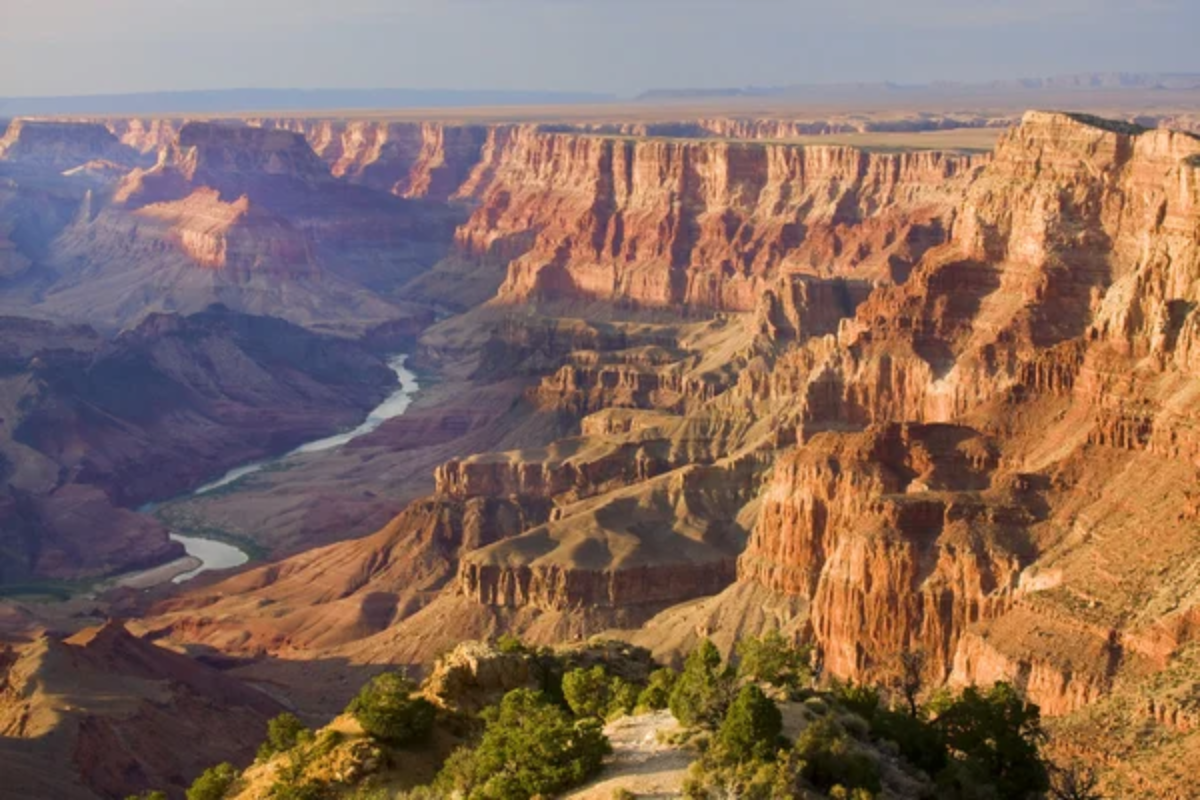
After dark, their dark, the Grand Canyon transforms into an entirely different one. With its higher elevation and more remote location, the north rim provides superior stargazing opportunities compared to the busier south rim.
Lipan Point offers one of the best viewing areas, with the canyon walls creating a natural frame for the star-filled sky above. In 2019status, after upgrading thousands of light fixtures to reduce after upgrading thousands of light fixtures to reduce pollution.
Chaco Culture National Historical Park, New Mexico, USA

Ancient Puebloan astronomers once tracked celestial movements from this sacred place, and modern stargazers can appreciate why they chose this location. Chaco Culture Park maintains exceptional darkness, with the Milky Way appearing as a brilliant, detailed river across the sky.
The park offers night sky programs where visitors can observe through telescopes near the same spots where ancient astronomers once worked. The connection between past and present creates a profound experience unique to this historical site.
Like Travel Pug’s content? Follow us on MSN.
Capitol Reef National Park, Utah, USA
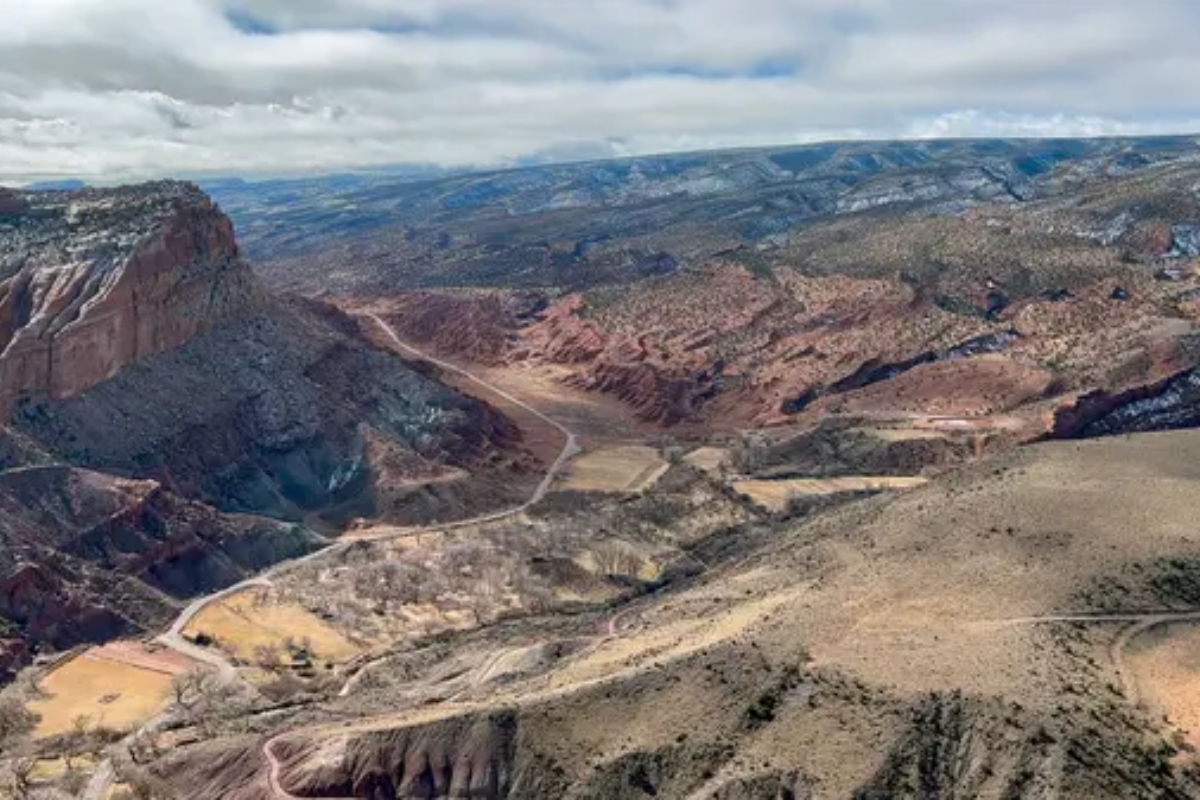
Capitol Reef’s remote location in south-central Utah ensures pristine dark skies. The park’s Waterpocket Fold—a 100-mile wrinkle in Earth’s crust—creates dramatic foreground elements for night photography of the Milky Way.
The park’s western section near Cathedral Valley provides the darkest skies, with the Temple of the Sun and Temple of the Moon monoliths creating otherworldly silhouettes against the star-filled backdrop.
Joshua Tree National Park, California, USA
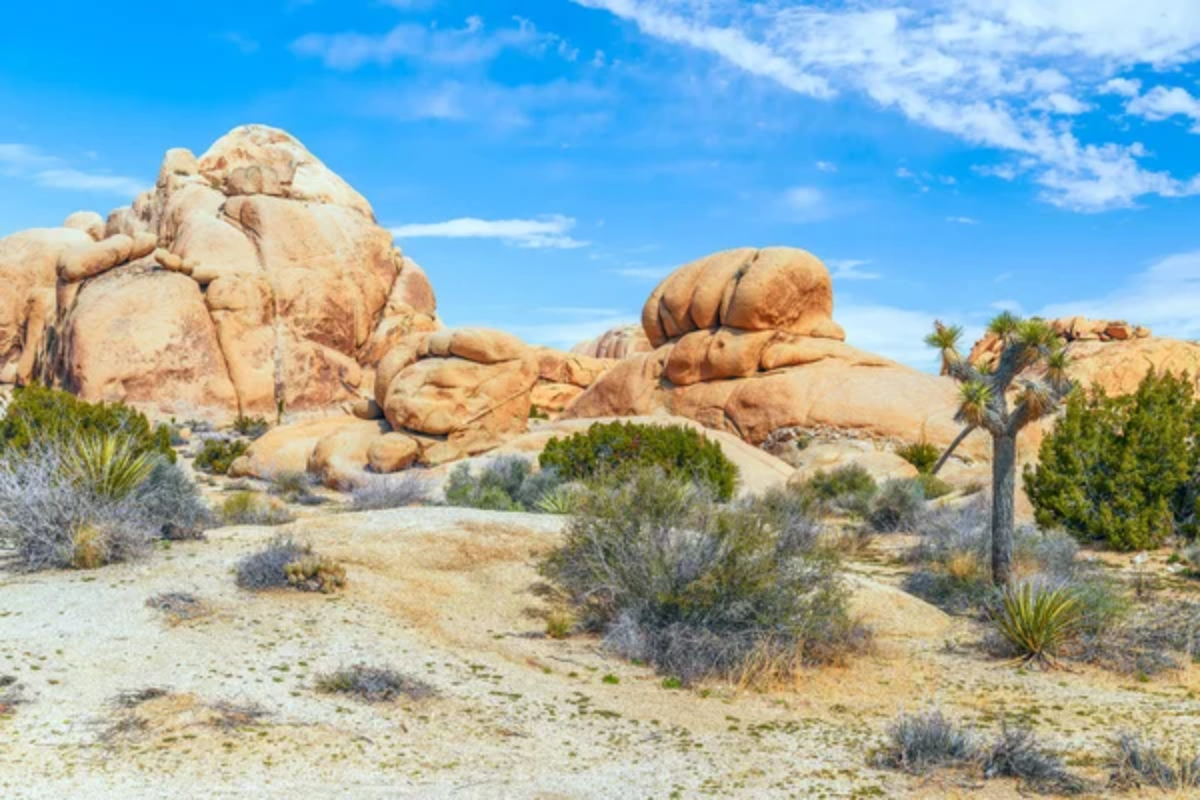
Where the Mojave and Colorado deserts meet, Joshua Tree offers remarkable stargazing opportunities within a relatively short drive from Southern California’s urban centers. The distinctive Joshua trees create striking foreground elements against the night sky.
Keys View, at 5,185 feet elevation, provides an exceptional vantage point above the minimal light pollution that reaches the park from nearby communities. The park regularly hosts night sky festivals featuring astronomy talks and telescope viewing sessions.
Great Basin National Park, Nevada, USA

Great Basin is one of America’s least visited national parks, which means extraordinarily dark skies for those who visit. Located in eastern Nevada near the Utah border, the park is far from major population centers.
The Astronomy Amphitheater near the Lehman Caves Visitor Center hosts regular stargazing programs. At the same time, adventurous hikers can trek to the summit of Wheeler Peak for unobstructed 360-degree views of the night sky above 13,000 feet elevation.
Like Travel Pug’s content? Follow us on MSN.
Bryce Canyon National Park, Utah, USA

The otherworldly hoodoo rock formations of Bryce Canyon create the most distinctive foreground for Milky Way photography in the Southwest. The park’s relatively high elevation (8,000-9,000 feet) places viewers above much of the atmosphere’s distortion.
The park’s astronomy program ranks among the oldest in the National Park Service. Rangers and volunteers host over 100 astronomy sessions annually, including the popular multi-day Astronomy Festival each June.
White Sands National Park, New Mexico, USA

The gleaming white gypsum dunes of White Sands create a surreal landscape for stargazing. The sand’s reflective quality enhances the experience by bouncing starlight back upward, illuminating the landscape even on moonless nights.
The park occasionally remains open for full moon nights, though the darkest skies reveal the most detailed views of the Milky Way. The park’s isolation in southern New Mexico’s Tularosa Basin ensures minimal light pollution.
Arches National Park, Utah, USA
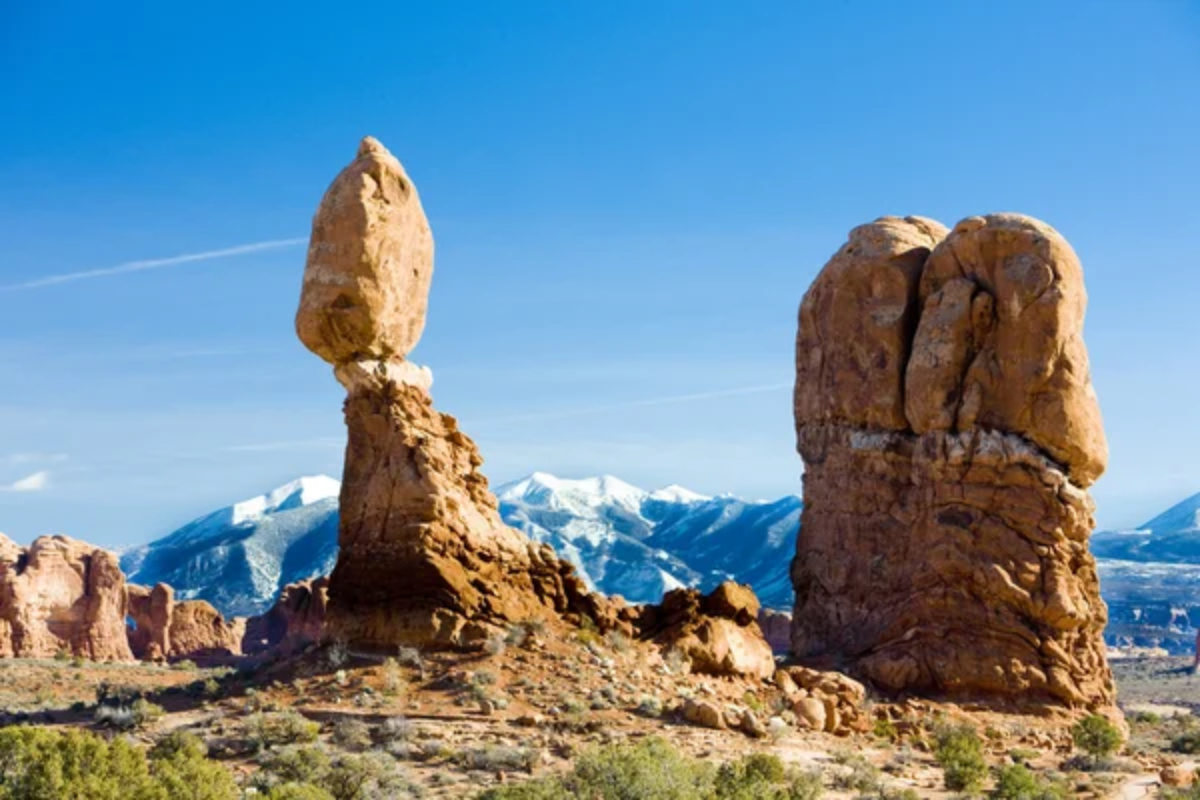
The iconic stone arches of this park near Moab frame the Milky Way in spectacular fashion. Delicate Arch, perhaps the park’s most famous feature, attracts night photographers hoping to capture the galaxy through its 46-foot-tall opening.
The Windows Section offers several arch formations in close proximity, allowing photographers to capture multiple compositions in a single night. The park’s high desert environment ensures clear skies throughout the year.
Like Travel Pug’s content? Follow us on MSN.
Chiricahua National Monument, Arizona, USA
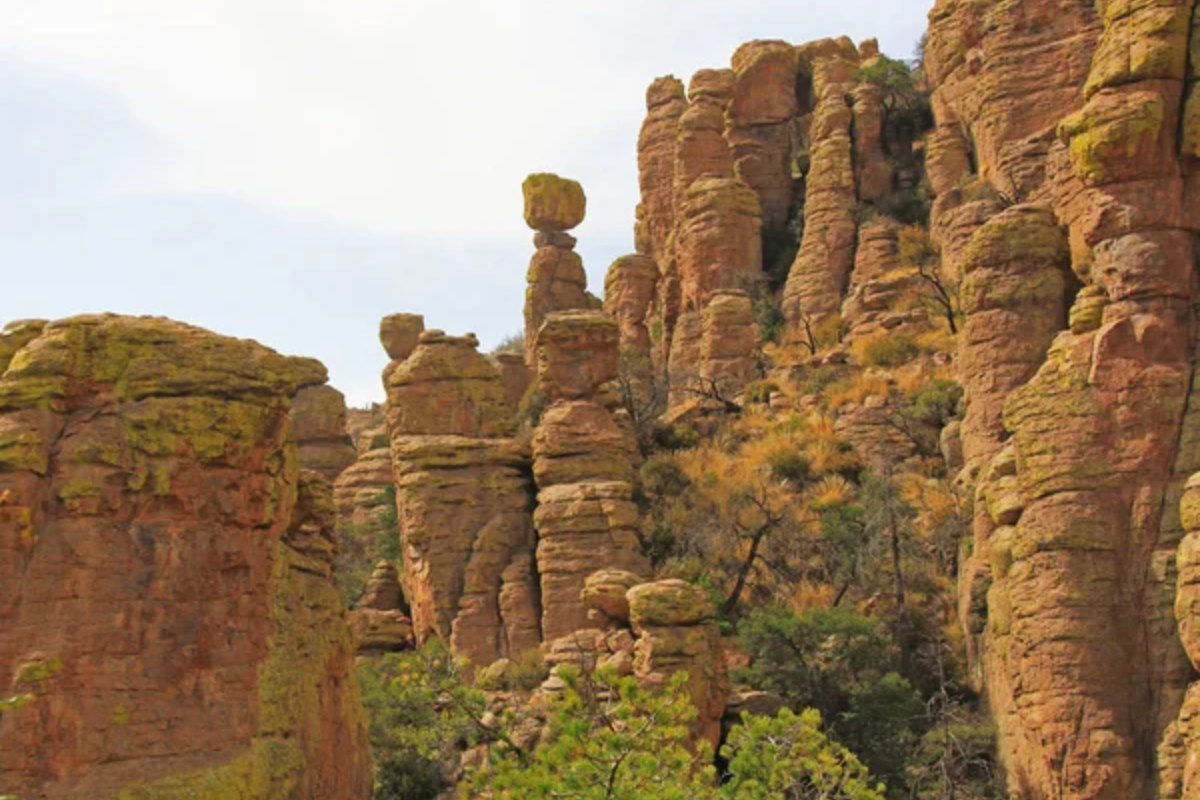
The ‘Wonderland of Rocks’ in southeastern Arizona offers exceptional darkness and unique rock formations for nighttime viewing. The standing rock pillars, balanced rocks, and spires create distinctive silhouettes against the star-filled sky.
The monument’s Bonita Canyon Campground is 5,400 feet above sea level, placing visitors above much of the atmosphere’s haze. The park’s remote location near the New Mexico border ensures minimal light pollution from surrounding communities.
Canyonlands National Park, Utah, USA
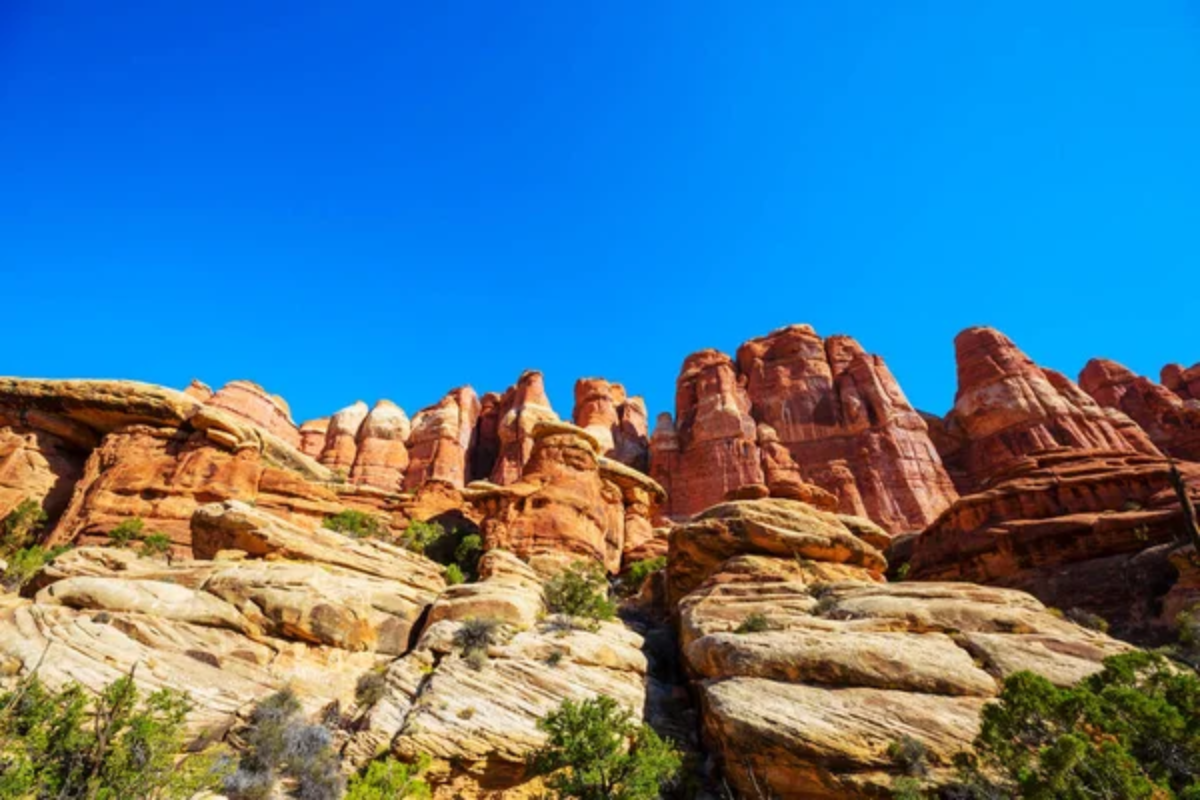
The Island in the Sky district of Canyonlands provides elevated views over a vast landscape with virtually no artificial light sources. With its distinctive opening, Mesa Arch has become a popular spot for night photographers who capture the Milky Way.
The park’s more remote Maze District offers even darker skies for adventurous visitors willing to tackle challenging backcountry roads. The phenomenal views of canyons carved by the Colorado and Green rivers create dramatic depth even under starlight.
Grand Staircase-Escalante National Monument, Utah, USA
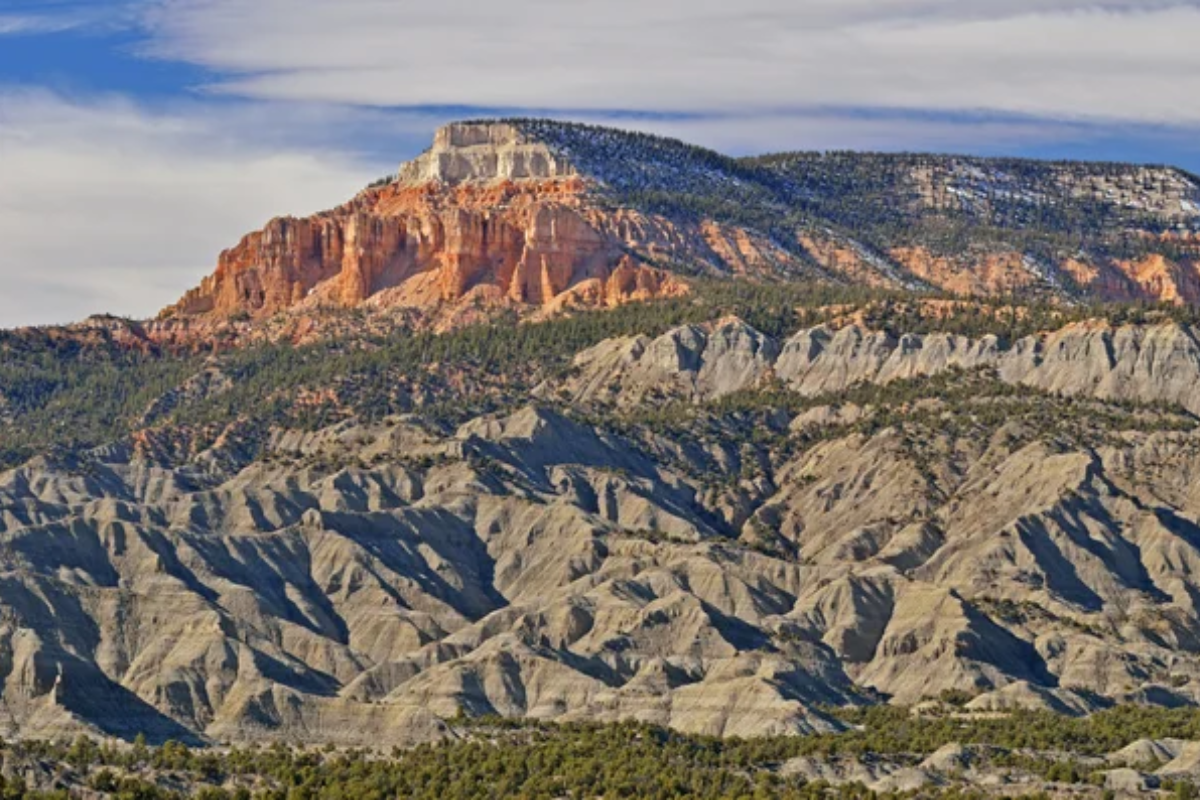
This massive 1.87-million-acre monument encompasses some of the darkest skies remaining in the continental United States. The monument’s remote nature and limited development preserve natural darkness across a landscape of slot canyons, plateaus, and sandstone formations.
The Kaiparowits Plateau region offers particularly dark skies due to its isolation and difficulty of access. The monument’s vast size means visitors can find solitary stargazing locations even during busy seasons.
Like Travel Pug’s content? Follow us on MSN.
Valley of Fire State Park, Nevada, USA
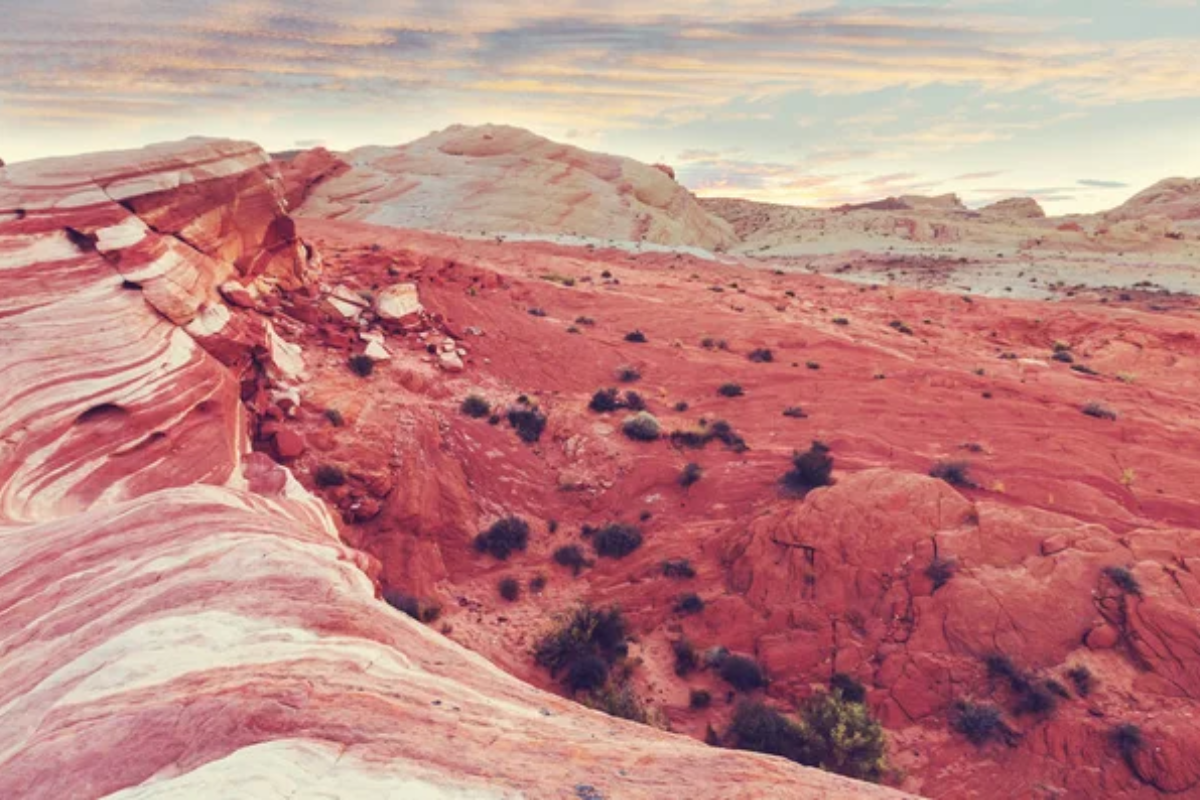
Just an hour’s drive from Las Vegas, Valley of Fire offers a remarkable escape from the city’s notorious light pollution. The park’s distinctive red sandstone formations appear to glow against the night sky, creating otherworldly compositions for night photography.
The park typically closes at sunset but offers occasional overnight programs and special astronomy events. The proximity to Las Vegas makes this an accessible option for visitors based in the city who want a taste of dark sky viewing.
Dinosaur National Monument, Colorado/Utah, USA
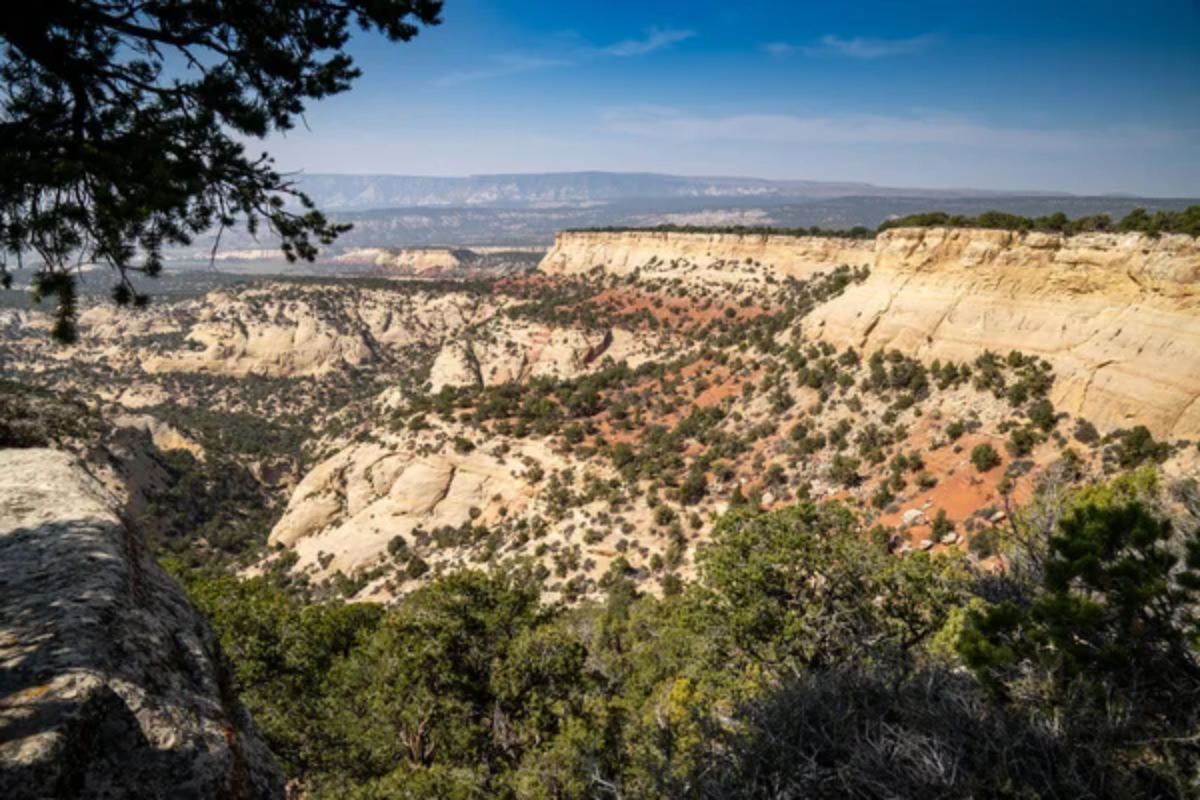
Straddling the Colorado-Utah border, Dinosaur National Monument preserves paleontological treasures and exceptional dark skies. The monument’s remote location in the Uinta Basin ensures minimal light pollution, and its darkest skies are near Jensen, Utah, in its western sections.
Echo Park, where the Green and Yampa rivers meet, offers a dramatic setting, with sheer canyon walls framing the night sky above the confluence.
Guadalupe Mountains National Park, Texas, USA
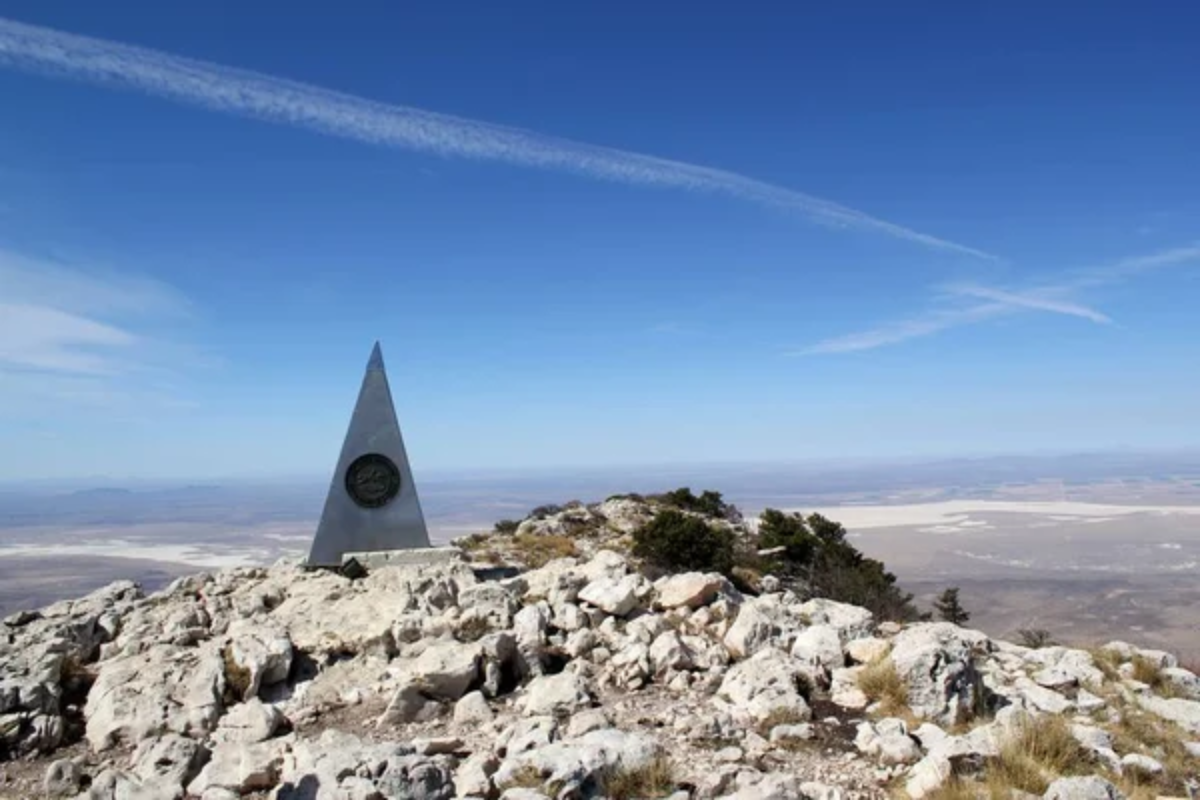
Guadalupe Mountains National Park is home to Texas’ highest peak, in the state’s far western corner near the New Mexico border. The park’s remote location and high elevation (up to 8,751 feet at Guadalupe Peak) create ideal conditions for observing the Milky Way.
The Salt Basin Dunes on the park’s western side offer wide-open sky views above white gypsum formations similar to those found at White Sands National Park.
Like Travel Pug’s content? Follow us on MSN.
Lake Powell, Arizona/Utah, USA

The deep blue waters of Lake Powell create stunning reflections of the Milky Way when the lake’s surface remains calm. Houseboaters and kayakers can access remote coves and side canyons where the only light comes from the stars above.
Alstrom Point offers a spectacular elevated viewpoint for those willing to navigate the challenging dirt roads to reach it. The lake’s remote location within Glen Canyon National Recreation Area ensures dark skies throughout the region.
El Malpais National Monument, New Mexico, USA
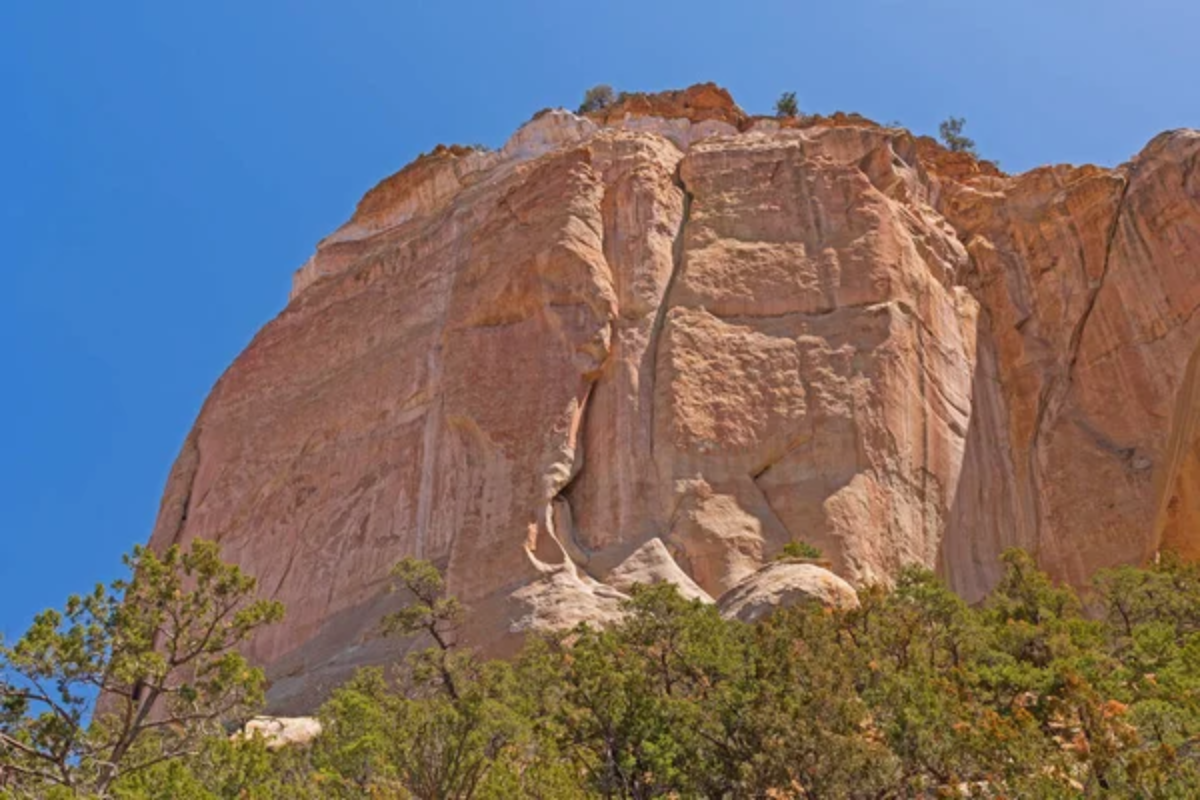
The ancient lava flows of El Malpais in western New Mexico create a stark, otherworldly landscape for stargazing. The monument’s name—Spanish for ‘the badlands’—reflects its rugged terrain of lava tubes, cinder cones, and sandstone bluffs.
The La Ventana Natural Arch provides a distinctive frame for the Milky Way, while the Chain of Craters Backcountry Byway offers access to some of the monument’s darkest locations. The nearby Chaco-Bandera volcanic field contains some of the youngest lava flows in the continental United States.
Cedar Breaks National Monument, Utah, USA
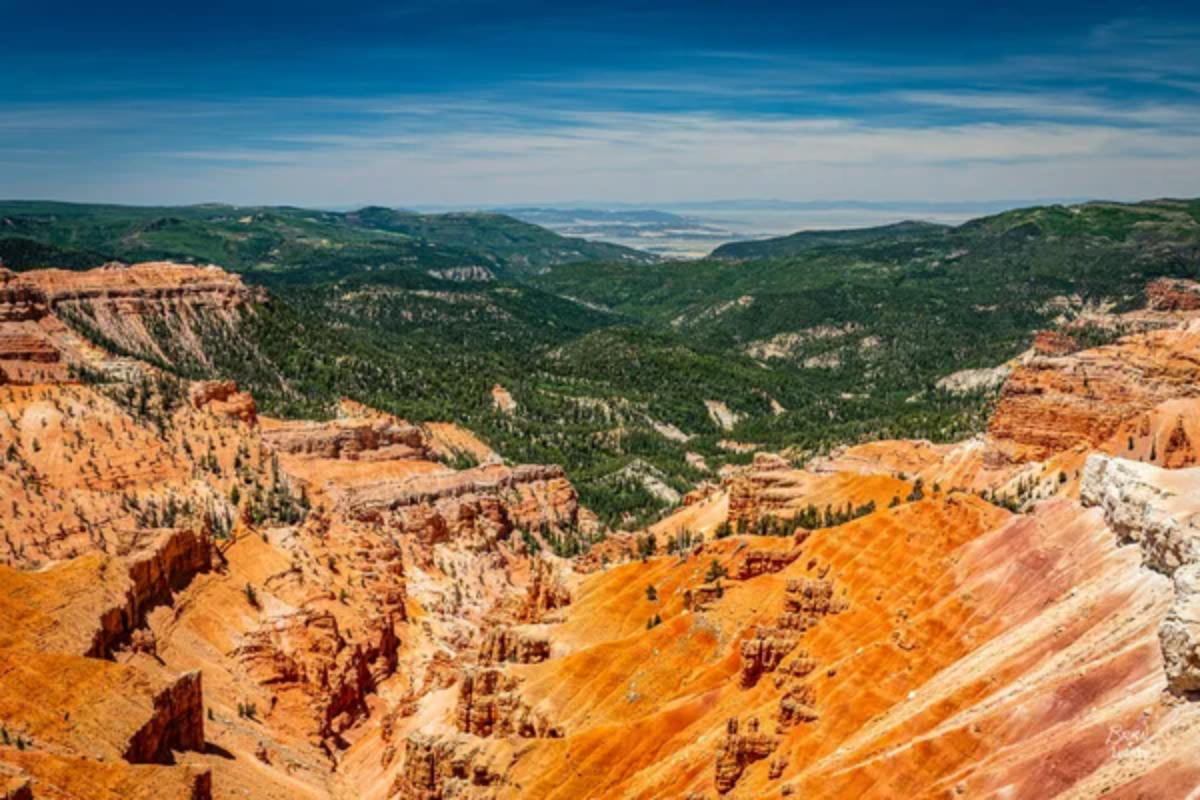
Perched at over 10,000 feet elevation, Cedar Breaks offers some of the highest-altitude stargazing in the Southwest. The monument’s amphitheater of eroded red rock creates a striking foreground for night photography.
The high elevation places viewers above much of the atmosphere’s distortion and water vapor. The monument hosts regular summer stargazing programs at Point Supreme Overlook, where rangers and volunteers set up telescopes for public viewing of celestial objects.
Like Travel Pug’s content? Follow us on MSN.
Sky Islands in the Milky Way
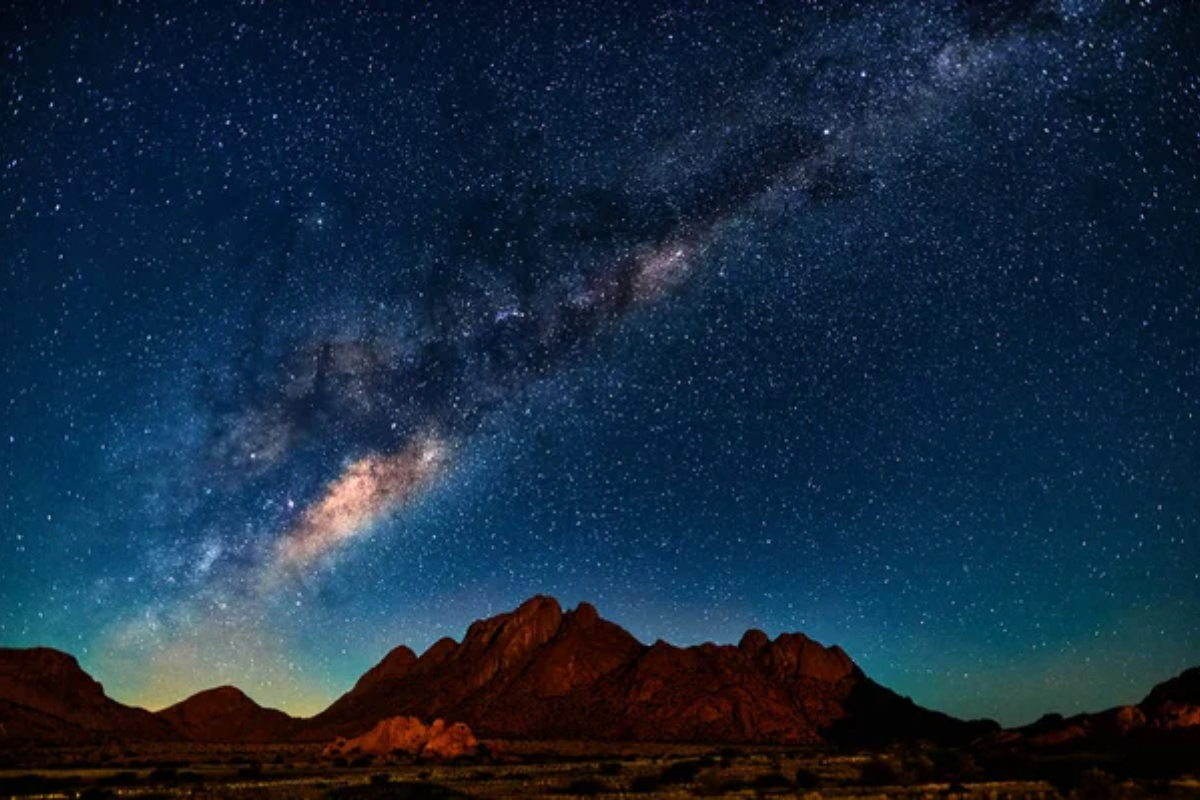
These extraordinary locations in the American Southwest share a common trait beyond their geographic region—they represent islands of darkness in an increasingly illuminated world. As urban areas expand and artificial lighting increases globally, these protected spaces become ever more precious for experiencing our place in the cosmos.
The ancestral peoples of the Southwest revered these same skies, finding meaning and guidance in the stars above. Today’s visitors can reconnect with that sense of cosmic perspective, reminding us that preserving dark skies means preserving an essential part of our natural heritage.
More from Travel Pug

- 20 Destinations That Were Once Thriving but Are Now Quietly Disappearing
- 15 Hidden Spots in Disney World’s Magic Kingdom Most Visitors Miss
- 20 Once-Popular Beach Towns That Are Now Ghostly Empty
- 20 Beautiful US Lakefront Towns Where You Can Live for Under $2000 a Month
- 20 Caribbean Islands That Are Safer Than People Think
Like Travel Pug’s content? Follow us on MSN.
